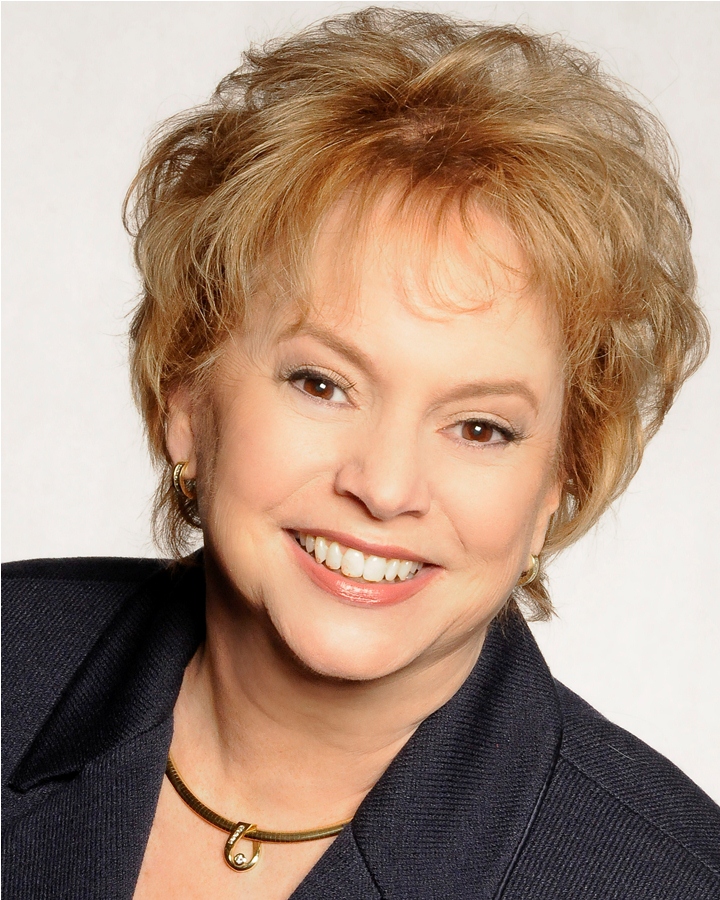
Each year I aspire to teach my clients lessons that will help them improve their personal and professional lives and their businesses. But what many of them probably don’t realize is that I simultaneously learn as I teach. And even though I’ve been consulting for more than 35 years, each year and each client has a new lesson to teach. Here are my top 10 for 2016:
1. We’re all sales people.
Most of my clients hire BD (business development) specialists to help them drive their businesses, but my most successful clients also realize that every person needs to play a role in developing business. Engineers, scientists and other technical specialists tend to resist this reality, primarily because they don’t understand the dynamics of selling and the importance of their role in closing business.
2. Committees don’t lead.
Organizational judgment will never trump effective leadership.
Yet, every year I meet a new “leadership team” that insists they can continue to run their business by committee. I have never seen it work, but the people I meet simply don’t believe that the buck must stop someplace — with one person we call the leader.
3. Non-financial managers need to know finance.
Recently I asked an ambitious, high-potential candidate about her financial acumen. She assured me she had handled a budget. I then asked if she had had P&L (profit and loss) responsibility. She said she didn’t know what that meant. More investigating led me to conclude the company had been woefully negligent in introducing young leaders to the financial aspects of running a business. She’s on the right track for promotion now, but others often don’t figure out why they have been passed over for promotion until it’s too late.
4. You end up with the culture you deserve.
“Culture” continues to dominate many organizational improvement discussions. In fact, it has become a conversational shuttlecock that leaders bat around in an attempt to understand and change it. You can’t measure culture the way you check chlorine levels in a swimming pool. Instead, you observe culture in its subtle forms — things that work and things that don’t work. But only when leaders have the courage to make the tough, often unpopular calls does innovation take root.
5. Fear is the enemy of fortitude.
When individuals behave badly, my first question is, “What’s he/she afraid of?” Typically, fears come in three varieties: fear of rejection, fear of criticism and fear of loss of control. In a fear-driven culture, you’ll find analysis paralysis, settling on mediocre talent, an unclear vision and unwillingness to celebrate success.
6. Bold leaders tolerate ambiguity.
This year one of my best clients saw the benefits of tolerating ambiguity when leaders hired a star performer who didn’t have a clear job description. They had known this man previously, and his reputation preceded him with clients, vendors and subcontractors. In short, he’s brilliant, and when they turned over major decisions to him, the lights in the room started to flicker from his intellectual horsepower. There never was anything vague about his talent, only about his job title.
7. Likability costs nothing but pays handsomely.
Even though I’ve coached hundreds of senior leaders for thousands of hours, I have never said these words: “You have to be more likable,” but I did this year. George is a star by any measure, and he’s incredibly smart, but he was unresponsive in his interactions, didn’t listen well and lorded his smarts over others. Once he understood how others perceived him, he made the decision to be more likable. People always respected him, but now they find him more enjoyable to work with.
8. Not everyone with a coin to toss qualifies as a leader.
Sometimes our reasoning processes entrap us in patterns of behavior we hate but cannot seem to change. Too often these traps, based on unexamined beliefs and fears, become self-sealing, self-perpetuating and self-sabotaging; and our best efforts to escape them merely tighten their grip. Conversely, when companies have exceptional decision-makers and then create an environment where these decision-makers can make their best tough calls, both individually and collectively, leaders position the organization for effective organizational judgment and change.
9. Don’t major in the minors.
Companies don’t grow and improve with a strategy to do things they do reasonably well most of the time. They create a competitive advantage when they determine what things they can do better than anyone else most of the time. The latter kind of company figures out a better way to think about the future — a way to veer away from policies and procedures to think about the direction the company should take to distinguish itself from the competition.
10. Change aversion remains the Le Brea Tar Pit of good intentions.
Author Oren Harai pointed out, “The light bulb was not invented by the continuous improvement of a candle.” Through the years, I have been an evangelist for constant and continuous improvement, but this year taught me that’s not enough. The clients who ended 2016 better off than they began it rejected the status quo. They realized Peter Drucker was right when he said, “If you want something new, you have to stop doing something old.”
In general, the clients that did not enjoy the success they had anticipated felt trapped. But no oppressive regime or imposed organizational structure trapped them. In several cases, they felt like victims, but, in fact, their own behavior and decisions enslaved them. Those who realize the role they have played in their lack of success will take the critical first steps to making 2017 a better year.
 Dr. Linda Henman is one of those rare experts who can say she’s a coach, consultant, speaker, and author. For more than 30 years, she has worked with Fortune 500 Companies and small businesses that want to think strategically, grow dramatically, promote intelligently, and compete successfully today and tomorrow. Some of her clients include Emerson Electric, Boeing, Avon and Tyson Foods. She was one of eight experts who worked directly with John Tyson after his company’s acquisition of International Beef Products, one of the most successful acquisitions of the twentieth century.
Dr. Linda Henman is one of those rare experts who can say she’s a coach, consultant, speaker, and author. For more than 30 years, she has worked with Fortune 500 Companies and small businesses that want to think strategically, grow dramatically, promote intelligently, and compete successfully today and tomorrow. Some of her clients include Emerson Electric, Boeing, Avon and Tyson Foods. She was one of eight experts who worked directly with John Tyson after his company’s acquisition of International Beef Products, one of the most successful acquisitions of the twentieth century.
Linda holds a Ph.D. in organizational systems and two Master of Arts degrees in both interpersonal communication and organization development and a Bachelor of Science degree in communication. Whether coaching executives or members of the board, Linda offers clients coaching and consulting solutions that are pragmatic in their approach and sound in their foundation—all designed to create exceptional organizations.
She is the author of Landing in the Executive Chair: How to Excel in the Hot Seat, The Magnetic Boss: How to Become the Leader No One Wants to Leave, and contributing editor and author to Small Group Communication, among other works.
Dr. Henman can be reached at linda@henmanperformancegroup.com.
Published by Conselium Executive Search, the global leader in compliance search.

